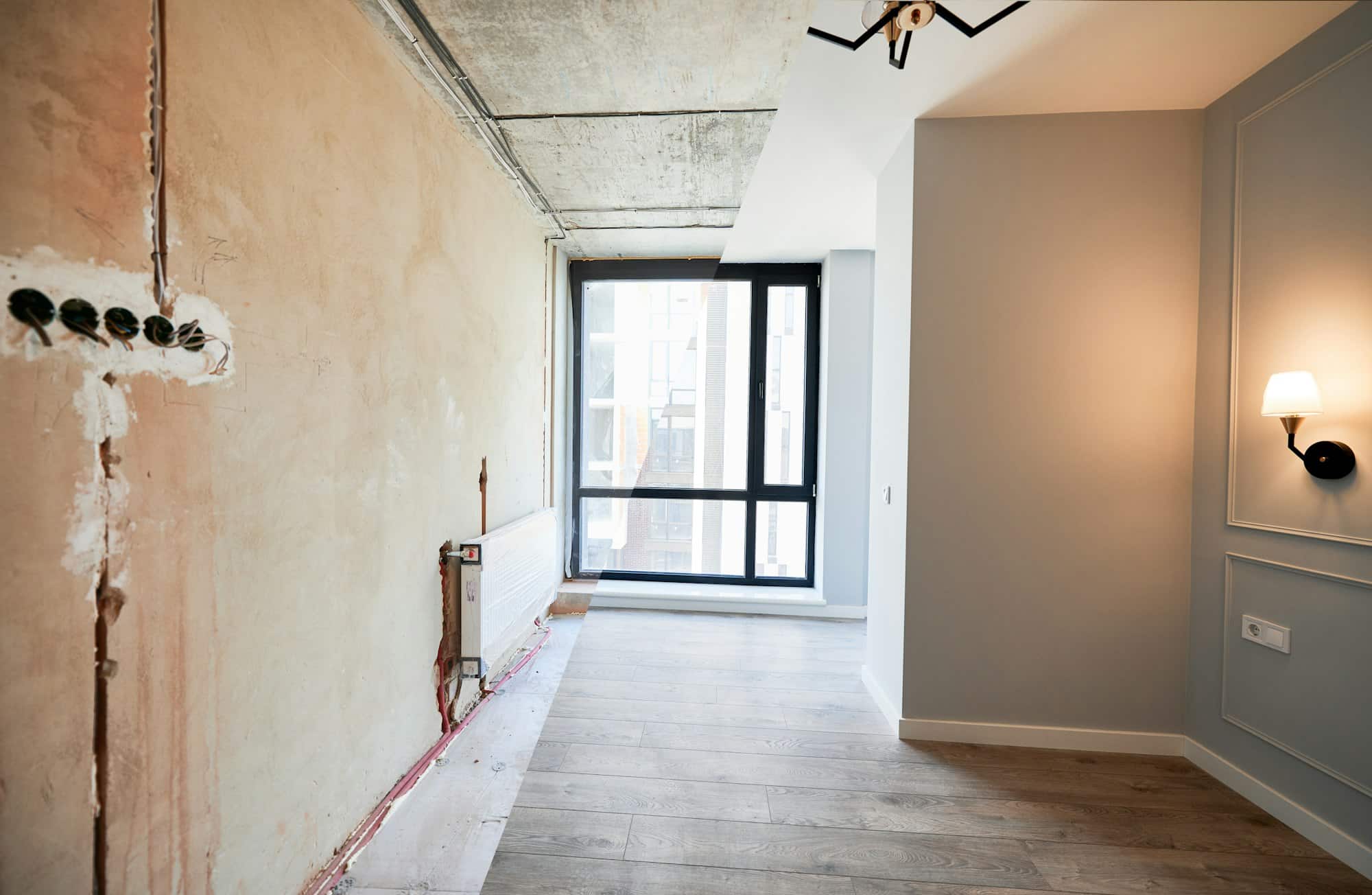When it comes to home construction and maintenance, there are many components that homeowners need to be familiar with. One such component is fascia, a term that might sound foreign to some but plays a crucial role in both the aesthetics and functionality of a house. This article delves into what fascia is, its importance, and when you should use it.
What is Fascia?
Fascia is the long, straight board that runs along the lower edge of the roof. It is typically mounted where the roof meets the exterior walls of the house. Along with the soffit (the underside of the roof overhang), the fascia board is part of the roof’s edge system and serves several key functions.
Functions of Fascia
Protection from the Elements
One of the primary functions of fascia is to protect the roof and interior of the house from water damage. Fascia boards act as a barrier against moisture, ensuring that water does not infiltrate the roof and walls.
Support for Gutters

Fascia boards also provide a stable surface on which gutters can be mounted. Gutters are essential for directing rainwater away from the house, and a strong fascia board is crucial for maintaining the integrity of the gutter system.
Aesthetic Appeal
Beyond its functional roles, fascia adds a finished look to the exterior of a house. It helps to create clean lines and can be painted to match the style and color of the home, enhancing its overall curb appeal.
When Should You Use Fascia?
New Construction
When building a new house, installing fascia is a standard part of the roofing process. It is essential to ensure that the fascia is made from durable materials and is properly installed to protect the home from future damage.
Roof Replacement
If you are replacing your roof, it is an excellent time to inspect and possibly replace the fascia. A new roof can weigh heavily on the existing fascia, and if it is old or damaged, it could compromise the new roof’s performance.
Gutter Installation or Replacement
If you are installing new gutters or replacing old ones, it’s crucial to check the condition of your fascia. Weak or rotting fascia boards will not support new gutters adequately, leading to potential issues down the line.
Visible Damage
Any visible signs of damage to the fascia, such as cracking, warping, or rotting, indicate that it needs to be repaired or replaced. Ignoring damaged fascia can lead to more extensive and costly repairs in the future.
Types of Fascia Materials
Here’s a more casual version of the text:
| Material | Durability | Maintenance | Cost | Look |
|---|---|---|---|---|
| Wood | Decent | Needs a lot of upkeep | Mid-range | Classic vibe |
| Vinyl | Super durable | Low-maintenance | Affordable | Contemporary style |
| Aluminum | Very durable | Easy to maintain | Pricey | Sleek and tough |
| Composite | Long-lasting | Low-maintenance | Mid-range | Flexible in style |
Conclusion
Fascia boards might often be overlooked, but their importance cannot be overstated. They play a vital role in protecting your home from water damage, supporting the gutter system, and adding aesthetic value. Whether you are constructing a new home, replacing a roof, or installing new gutters, ensuring the fascia is in good condition is essential for maintaining the integrity and beauty of your house.
Frequently Asked Questions (FAQs)
1. What are the signs that my fascia needs to be replaced?
Signs that your fascia needs replacing include visible cracks, peeling paint, warping, and any indication of rot. If you notice water leaks or that your gutters are sagging, these could also be signs that the fascia is compromised.
2. Can I install fascia boards myself?
While it is possible to install fascia boards yourself, it is highly recommended to hire a professional. Proper installation is crucial for ensuring the fascia performs its protective functions and supports the gutters effectively.
3. How often should fascia boards be replaced?
Fascia boards should be inspected regularly, at least once a year. Depending on the material and environmental conditions, they might need replacement every 10-20 years. Wooden fascia may need more frequent attention compared to more durable materials like vinyl or aluminum.
4. Can fascia boards be painted?
Yes, fascia boards can be painted to match the exterior of your home. Painting not only enhances the aesthetic appeal but also provides an additional layer of protection against the elements.
5. What is the cost of replacing fascia boards?
The cost of replacing fascia boards varies depending on the material used and the size of your home. On average, you can expect to pay between $6 and $20 per linear foot, including both materials and labor.
6. What is the difference between fascia and soffit?
Fascia is the vertical board that runs along the edges of the roof, while soffit is the horizontal board that covers the space beneath the roof’s overhang. Both work together to protect the home and add aesthetic appeal.
7. Can damaged fascia cause roof problems?
Yes, damaged fascia can lead to significant roof problems, including water infiltration, mold growth, and even structural damage. It is important to repair or replace damaged fascia promptly to avoid these issues.
8. Are there eco-friendly options for fascia materials?
Yes, there are eco-friendly options such as composite materials made from recycled wood and plastic. These materials are durable, require low maintenance, and are environmentally responsible choices.
9. Is fascia necessary if I don’t have gutters?
Even without gutters, fascia provides essential protection against water damage and pests. It also contributes to the overall appearance and structural integrity of your home, making it a necessary component.
10. How do I maintain my fascia boards?
Maintenance for fascia boards includes regular inspections for damage, cleaning to remove debris, and repainting or resealing as needed. For wooden fascia, ensure that it is treated with a waterproof sealant to prevent rot.








